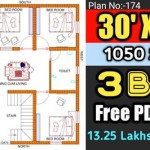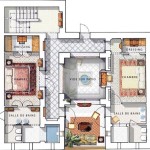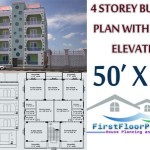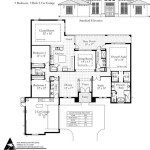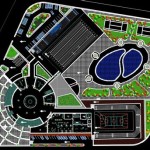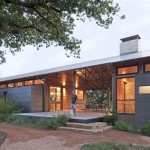Cubby House Roof Plans: Essential Aspects for a Perfect Play Space
Creating a cubby house is an exciting project that can bring joy to children and provide them with a dedicated space for imaginative play. While the design and materials play a crucial role, the roof is a particularly important element, offering protection from the elements and contributing to the overall stability of the structure.
When designing the roof of a cubby house, there are several key aspects to consider:
1. Pitch and Slope
The pitch and slope of the roof determine how effectively it sheds water. A steeper pitch will allow water to run off more easily, reducing the risk of leaks. However, a steeper roof may also require more materials and support.
2. Roof Shape
The roof shape can vary based on the design of the cubby house. Common roof shapes include gable roofs (two sloping sides meeting at a ridge), skillion roofs (a single sloping side), and hip roofs (four sloping sides meeting at a ridge).
3. Roofing Materials
The choice of roofing materials depends on factors such as durability, weather resistance, and aesthetics. Popular options include corrugated iron, shingles, and polycarbonate panels.
4. Framing
The framing of the roof provides support and shape. Common framing materials include timber, plywood, and trusses.
5. Ventilation
Proper ventilation allows air to circulate within the cubby house, preventing moisture buildup and ensuring a comfortable environment.
6. Flashing
Flashing is essential for sealing joints and preventing water penetration at critical points, such as around chimneys and skylights.
7. Gutters and Downpipes
Gutters and downpipes collect and direct rainwater away from the roof, protecting the structure from damage.
Considerations for Cubby House Roof Plans
In addition to the essential aspects, there are several considerations to keep in mind when designing cubby house roof plans:
1. Climate
The climate of your area should influence your roof design. In regions with heavy rainfall, a steeper pitch and effective drainage system are essential. In areas prone to high winds, additional bracing and reinforcement may be necessary.
2. Building Codes
Local building codes may specify requirements for roof construction, such as minimum pitch and structural standards. It's crucial to adhere to these codes to ensure safety and compliance.
3. Safety
Safety is paramount, especially for children using the cubby house. Ensure that the roof is strong and stable, with no protruding nails or sharp edges.
4. Aesthetics
Consider the overall design and aesthetics of the cubby house when selecting the roof shape and materials. The roof should complement the structure and enhance its visual appeal.
Conclusion
Creating a cubby house with a durable, weather-resistant, and safe roof is essential for providing children with a delightful and functional play space. By considering the pitch and slope, roof shape, roofing materials, framing, ventilation, flashing, and other considerations, you can design a cubby house that will stand the test of time and bring years of joy to its young occupants.

How To Build A Cubby House Motherpedia

How To Build The Perfect Cubby House Make A

Top 10 Cubby House Plans In Roof Shingles For N Homes

Free Playhouse Plans A Fun Project For The Whole Family Play Houses Build

Kids Playhouse Roof Plans Howtospecialist How To Build Step By Diy

Kids Playhouse Roof Plans Howtospecialist How To Build Step By Diy

Our Diy Playhouse The Roof Houseful Of Handmade

Diy Childrens Backyard Playhouse Ideas The Garden Glove

Playhouse Plans Step By Construct101

Build A Simple Playhouse Roof Ana White

